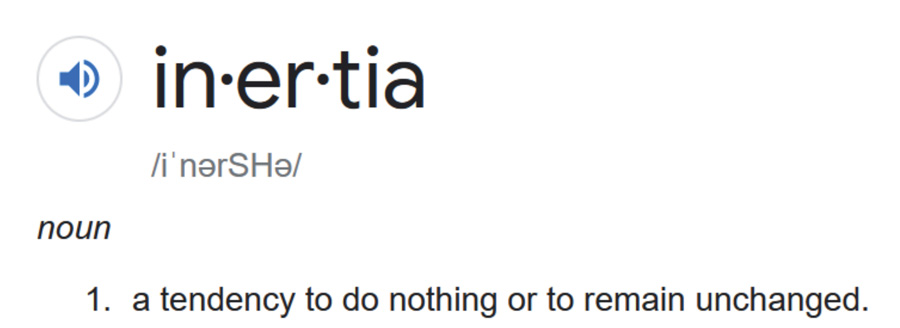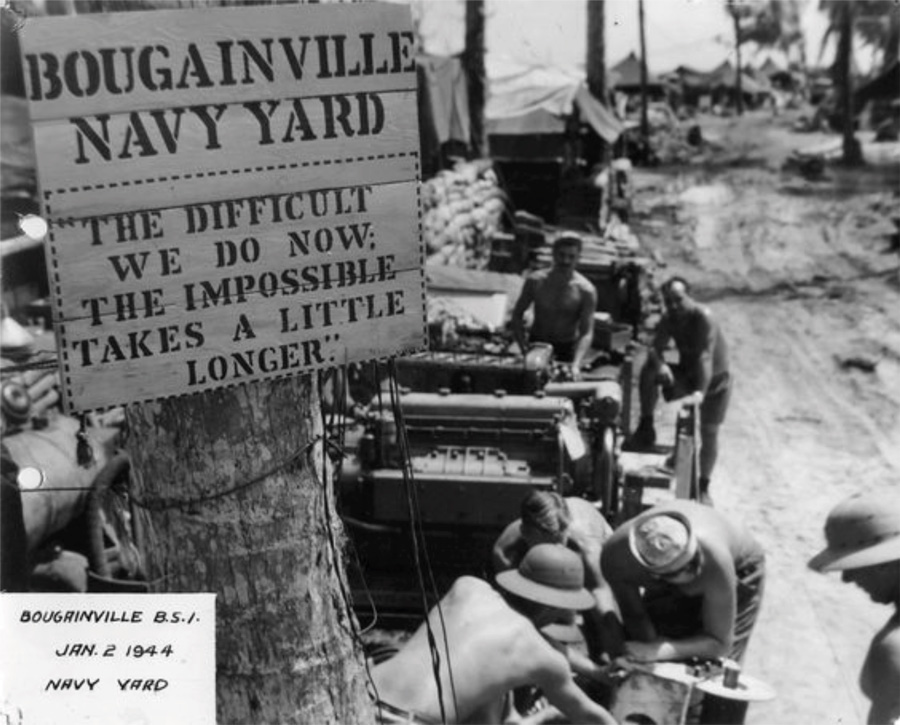A Paradigm Shift
Change is hard. People resist it. It’s easy just to keep going down the known path.
I ask that you humor me by reading this article with an open mind.
The Path that is Known
For years, I have listened to the same two recurring comments from Engineers, Masons, and Educators:
Engineers don’t know how to design masonry (well).
Masonry is not a core class in most Engineering schools; concrete and steel are the focus of most engineering programs. In all my interviews, I have yet to have a new graduate tell me they are comfortable designing masonry, yet they all are comfortable designing concrete and steel.
Engineers don’t know how to detail masonry (well).
There are a lot of moving parts in a masonry system. Coursing, bonding, modularity, etc. A properly detailed masonry system takes TIME and EXPERIENCE. Time to coordinate and dive into the nitty-gritty details and the interface with other structural systems. Experience to know what does and does not work well in the field. If Engineers are not taught masonry design, how can they possibly be expected to know masonry detailing? Even those Engineers that know masonry design struggle with having enough time (and budget) to detail a masonry system properly.
Although the comments have been the same over the last 35 years that I have been working, I haven’t seen any significant changes or improvements to address them.
(Most) Engineers do not design or detail masonry (well).
Of course, there are exceptions to the rule. Some firms excel at masonry design and detailing, stay current with advancements in masonry, and take advantage of the most cutting-edge tools for the design, detailing, and modeling of masonry. They do exist; I know several of them through my work with The Masonry Society (TMS). I believe that probably every masonry supplier and contractor knows the Engineers in their region that know how to design and detail masonry…and wish they could be on every job!
Delegated Design describes a form of collaboration between a design professional and a contractor where the contractor assumes responsibility for an element or portion of the design. The design professional and contractor typically have separate written contracts with the owner that establish their respective design responsabilities. In the contractor’s case, those design responsabilities are often established by performance specifications prepared by the design professional.
Delegated Design
I want to suggest that the masonry industry take the leap to a delegated design workflow.
What does ‘delegate’ mean? Per the dictionary: delegate is to entrust (a task or responsibility) to someone else.
Specific to structural design, “Delegated Design” is the transfer of design responsibility for certain aspects of the project from the Architect/Engineer to the Contractor.
Delegating the design of certain specialty systems to the Contractor allows the Contractor to engage Delegate Engineers with the advanced knowledge, skills, and experience to design and detail these systems more efficiently.
The Architect/Engineer must still specify all the required performance and design criteria and ultimately review and approve the design.
This is not a new concept; it has been used for years in the construction industry. The American Institute of Architects (AIA) and the American Institute of Steel Construction (AISC) have published a paper titled “Design Collaboration on Construction Projects: Delegated Design, Design Assist, and Informal Involvement—what does it all mean?”. This paper is a good summary of the alternative design paths available to designers.
A common question in delegating design is the liability of a Contractor taking on design services. Contractors have commercial general liability insurance but likely do not have professional liability insurance for design and engineering services.
The typical approach is for the Contractor to hire a licensed engineer with professional liability insurance to perform the necessary delegated design services. It is important that performance criteria for the project clearly define the delegate engineer’s responsibilities, the expected experience of the delegated engineer, and the required insurance.
Look at the Path of Others
The cold-formed metal framing industry had struggles similar to the masonry industry. Very few Engineers are taught cold-form design in school, and very few excel at the minutia of cold-formed metal framing detailing.
When I started my career, we would put together very detailed design drawings for cold-formed metal framing systems; every stud, joist, track, header, sill, jamb, and connection was designed and detailed.
Then an interesting transformation began.We would receive shop drawings that had an entirely different design!
Along with the shop drawings would be a set of engineered, stamped calculations. We didn’t ASK for this, but we received it, and it was difficult to argue that our design was ‘better’ when calculations and details were showing an alternate solution that was well…more efficient.
Over time, we stopped designing cold-formed metal framing. We allowed the industry to push us to a better solution. We now provide the loading, design criteria, performance specification, basic sizes, and details, but we delegate the design to the Contractor. The Delegate Engineer works with the cold-form contractor/supplier to provide an efficient, well-designed, well-detailed, cold-formed metal framing system that works best for the Contractor.
Delegated Masonry Design
I want to suggest that masonry could follow the same path.
What would this look like?
Envision this altered path…
- The Architect provides the basic architectural parameters: wall locations, wall thickness, wall sections, opening locations, etc.
- The Engineer of Record (EOR) provides the basic structural parameters: design loads, lateral loads, deflection criteria, etc.
It is important to note that the EOR is still responsible for the gravity and lateral design of the building. They must determine all the loads that will be applied to the walls and provide that loading information in the Construction Documents. They are also responsible for reviewing the delegated design submission to ensure that the design and performance criteria have been correctly incorporated into the design. - The Mason includes the cost of engineering in his bid, hires a qualified masonry designer/detailer as the Delegate Engineer, and submits both detailed shop drawings and the engineered, stamped calculation package to the EOR for review.
This workflow has been used successfully for years for the delegated design of cold-formed metal framing, as well as other specialty items like precast wall systems, steel connections, joist girders, foundation pile systems, metal stair framing, metal-plate connected wood trusses, and pre-engineered metal buildings.
Why can’t it work for masonry?
Where to Start?
Admittedly, this is the most challenging question.
How do we overcome inertia?

I believe this change has to start with the Masons/Suppliers.
As an Engineer, if I delegated my masonry design, I would likely be admonished by my Client when no Mason Contractor would bid on the project!
The first step would have to be a consensus among Mason Contractors that this is the best path for the industry.
From there, it would be a matter of Mason Contractors communicating their willingness to do delegated design to the design professionals in their region. Then, they hunt for the Delegate Engineer to perform the work. Again, I believe most Mason Contractors know the Engineers in their area that are worthy of this role; if not, a simple contact with TMS can open the door to many qualified choices.
Then, as with cold-formed metal framing, there would be a transition period to overcome inertia. There would be a period of ‘duplicate effort.’ Engineers will continue to provide masonry design in their documents, and Mason Contractors will need to push back, request the necessary design data from the Engineer, and submit an alternate Delegated Design with their shop drawings. There will be resistance at first (we all hate change). But as with the cold-formed metal framing industry, I believe everyone will eventually see the advantages of delegating masonry design, and the masonry industry will be better off.

Paradigm Shift
It’s time for a fundamental change. There are firms out there that know how to design masonry; they stay current with the latest advancements in the industry, like Masonry IQ and Direct Design, and they have the experience necessary to detail a masonry system that is efficient for masons and cost-competitive. Let’s get masonry design and detailing into the hands of those that do it the right way. Let’s get them on every job as Delegate Engineers.

Perhaps this paradigm shift seems too daunting…
So, I will offer this quote that my father taught me; it was the motto of the US Army Corps of Engineers during WWII:
“The difficult we do immediately, the impossible takes a little longer.” ■
